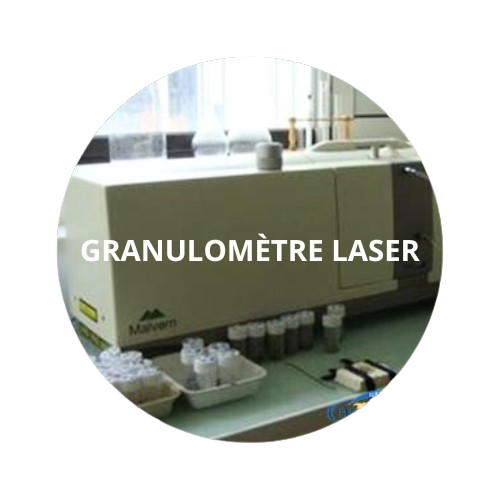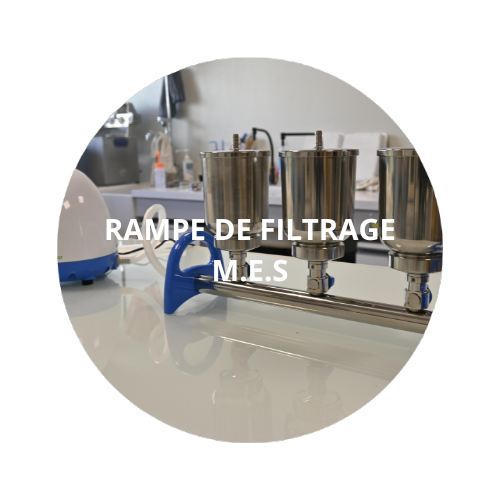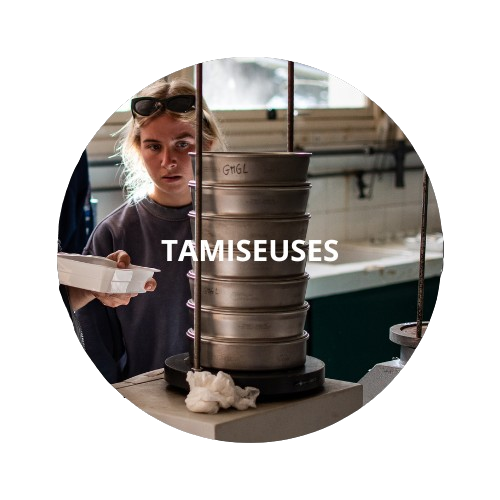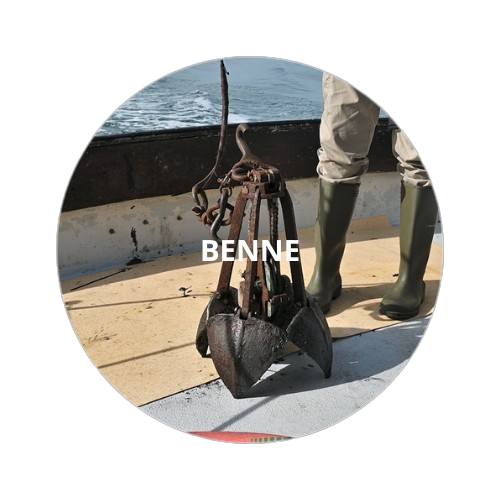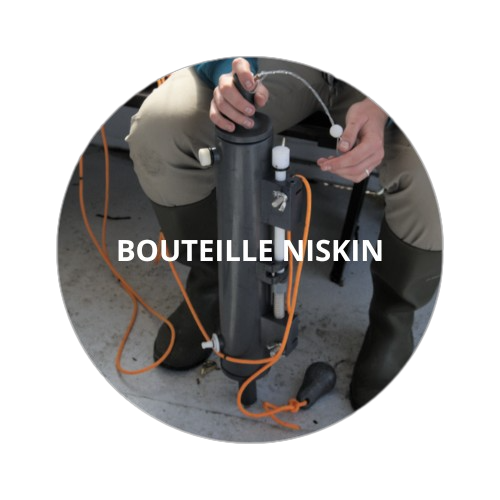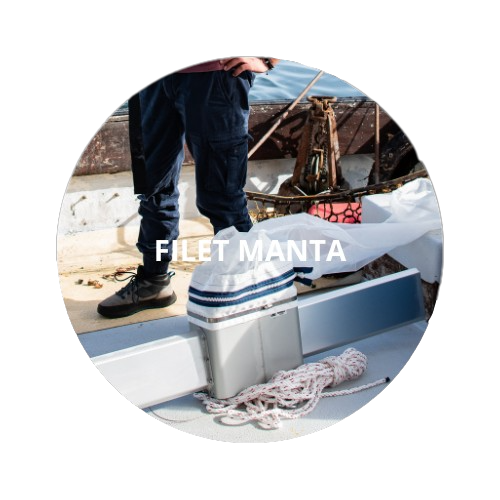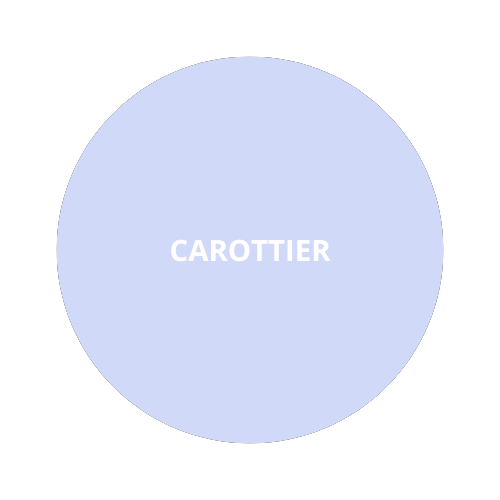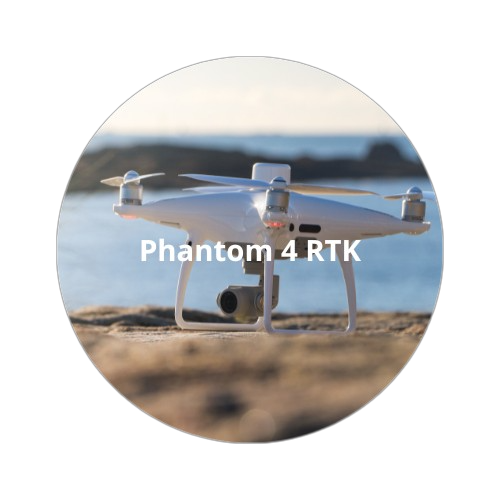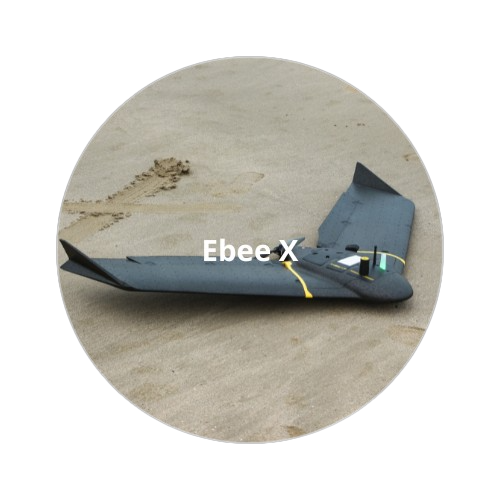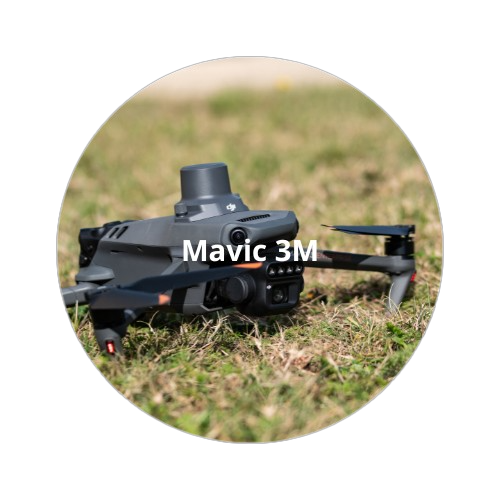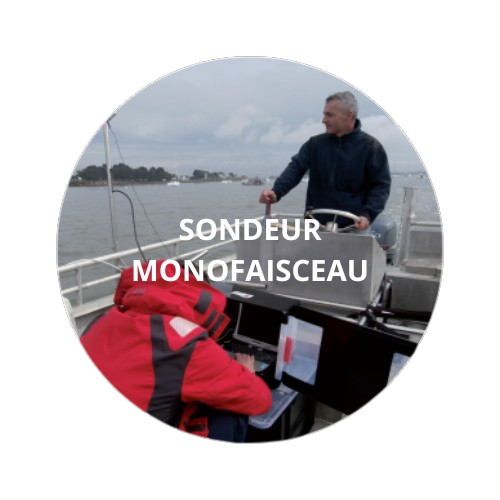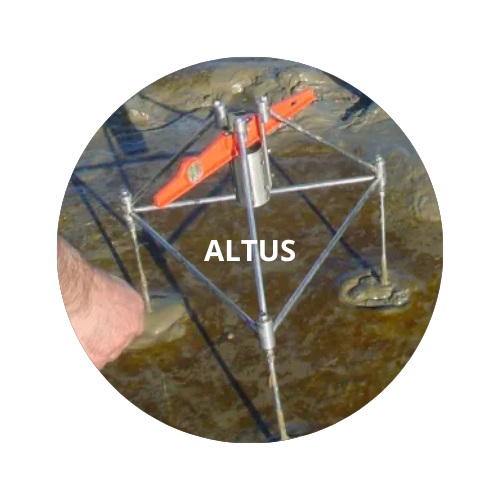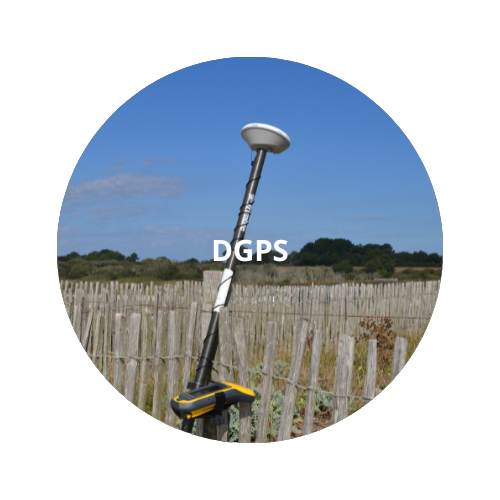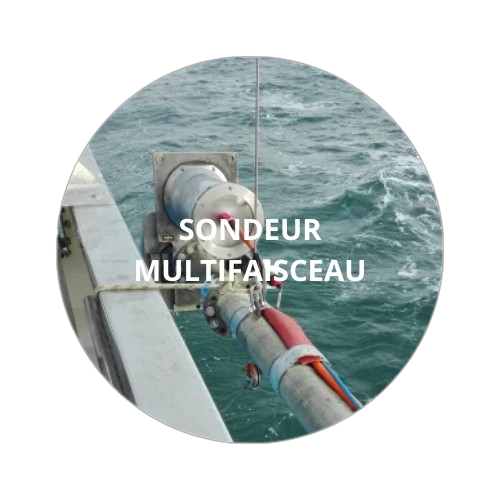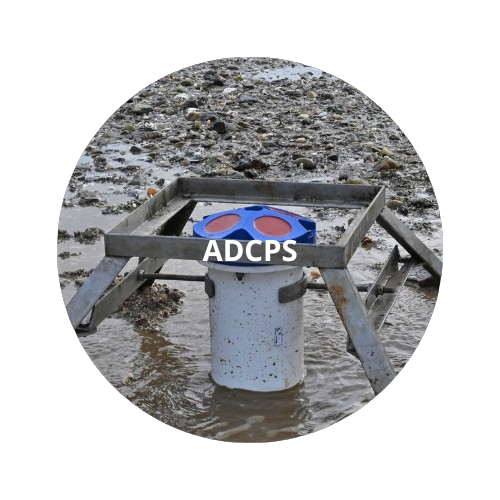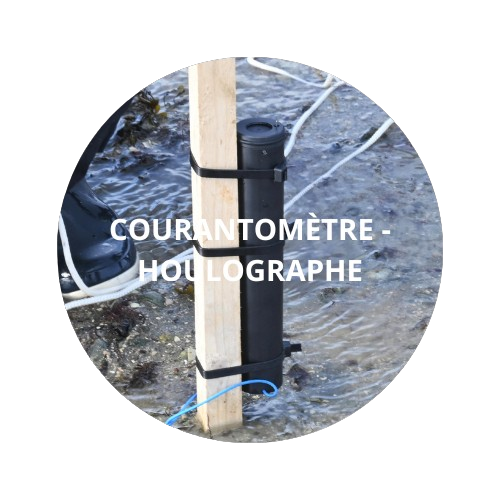
Equipment

To carry out a wide variety of field data collection, the laboratory needs research materials, and has access to numerous tools, some of which are stored in Vannes and others are in Brest, shared with GO IUEM UBO.
Optical Equipment
Optical equipment is a core element in a laboratory. The binocular loupe and microscope allow visual and detailed analysis of the samples. This analysis often provides a first evaluation of the composition of the observed sediments.
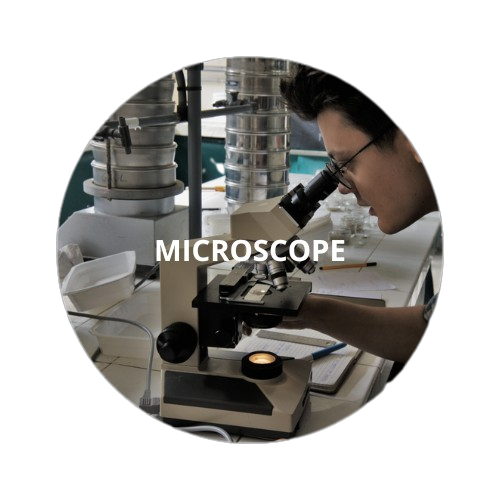
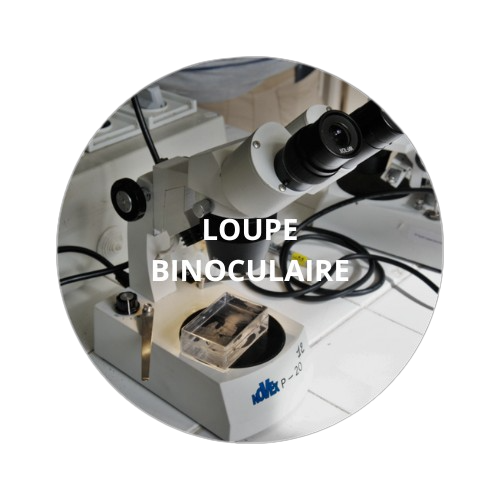
Sampling equipment
The use of this type of equipment is an absolute necessity since it precedes every possible analysis. The grab sampler collects samples of seafloor sediment, the Niskin bottle allows the collection of water samples at different immersion levels, and the corer extracts sediment cores to gain a deeper understanding of the environmental and geological processes.
Photogrammetry equipment
Photogrammetry equipment is very useful in oceanographic studies. Drones are equipped with high-resolution cameras that capture aerial pictures of the ocean's surface. Thanks to this type of data, researchers can map and monitor various coastal characteristics, providing a precise view of ocean dynamics.
Multi-parameter measurement equipment
The multi-parameter equipment provides useful data about water characteristics. For instance, the NKE sonde measures temperature, salinity, and pressure in real time. The specific measurement data depend on the type of sonde we choose to use.
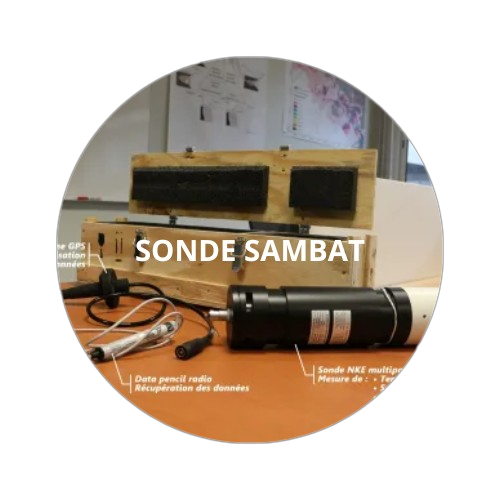
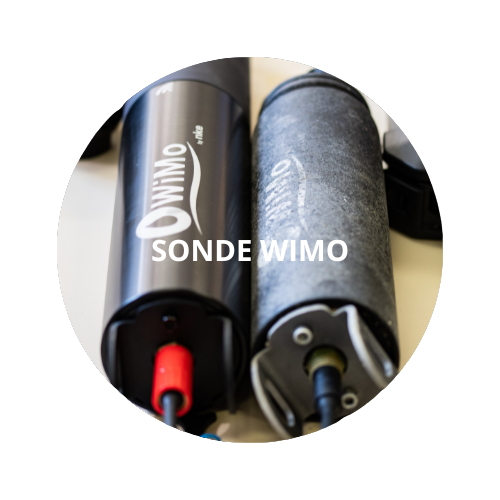
Topographic, Bathymetric, and Altimetric Measurement Equipment
Topographic, bathymetric, and altimetric measurements make use of various tools. DGPS ensures geodetic precision in terrestrial and marine surveys, allowing the creation of topographic profiles of diverse beaches in Brittany. Monofrequency and multifrequency systems detect underwater depths, a crucial factor in modeling underwater terrain. When these tools are combined, they provide a clear view of terrestrial and oceanic landscapes.
Hydrodynamic Measurement Equipment
The hydrodynamics measurement equipment is useful for studying water movement and its properties. Indeed, the ADCP measures water flow speed, providing information about sea water circulation. The Holograph quantifies wave characteristics, the oximeter measures the quantity of dissolved oxygen, and the conductivity meter measures water conductivity, revealing details about salinity. Finally, the turbidimeter quantifies water turbidity. Together, this wide range of equipment gives access to an integrated analysis of marine hydrodynamics.
Sediment processing and analysis equipment
The sediment treatment allows for the analysis of granulometric characteristics. First, the laser granulometer evaluates the distribution range of particle proportions, providing information about sediment texture. Then, the M.E.S. filtration ramp separates suspended matter. Finally, the sieves sort sediment by size, helping in the characterization of grain distribution. Together, this equipment provides crucial data to understand sediment properties and marine geological processes.
